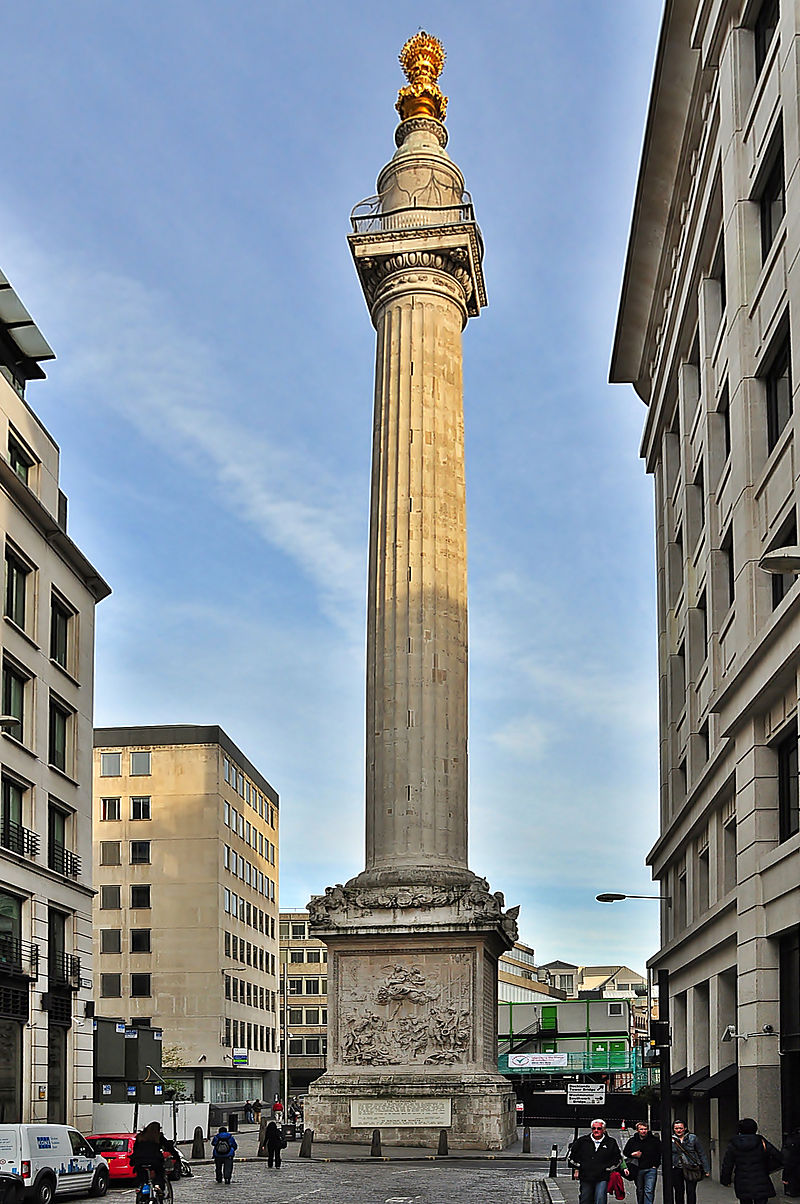“By convention, we erect most of our monuments to salute the heroic spirit, or acknowledge acts of sacrifice of statue-genic soldiers, police, and firefighters or illustrate national ideals, such as the Statue of Liberty or the Gateway Arch,” writes Jack Shafer in Politico, in an article that argues that we are unlikely to erect a monument to commemorate the victims of the Covid-19 pandemic. He is right, at least historically—there is no monument to the great influenza pandemic of 1918-19, although the recent trend, demonstrated by the 9/11 Memorial in Lower Manhattan, is to commemorate individual victims. Shafer reasonably suggests that a statue saluting the medical scientists who created the vaccines would be appropriate, but the year-long (and is it over?) pandemic has touched the lives of millions and deserves commemoration. The Monument to the Great Fire of London comes to mind. It was begun in 1666, five years after event. Although the death toll was small, the homes of ninety percent of Londoners were destroyed as well as numerous important buildings, including Saint Paul’s Cathedral. The Doric column, topped by an urn of fire, was designed by Christopher Wren. It was erected near the place where the fire began, but unlike so many modern memorials it doesn’t attempt to capture all the details. Instead it simply reminds us “This happened. It was important.”


